Company founder Maurice Rivkin
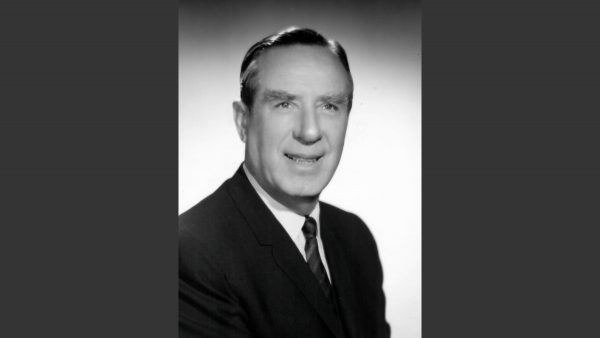
Company founder Maurice Rivkin

In 1924, a young immigrant named Maury Rivkin deferred completion of law school to start a small company that tuck pointed, cleaned and restored masonry exteriors of institutional, commercial and residential buildings. Central Building Cleaning Company capitalized on a need caused by Chicago’s harsh weather – wind driven rain, sleet and snow abraded and penetrated facades while sooty air from ubiquitous coal burning furnaces blackened their surfaces.

From the start, Central achieved superior results that assured a reputation for quality and a loyal following of building owners and managers. Many of their companies remain clients to the present day.
In the 1930’s, the Great Depression brought real estate activity and Central’s business to a standstill. A resourceful Maury Rivkin was able to supplement his income by promoting dances and prize fights. His fight cards were also first rate featuring top talent such as future boxing champions Joe Louis and Tony Zale. As the decade of the 1940’s began, the economy and Central both rebounded.

Post WWII peacetime unleashed an unprecedented catch-up in new construction and deferred maintenance. Chicago’s sooty and polluted air and the need for façade cleaning dissipated as oil and gas replaced coal-burning furnaces. In response, Central Building broadened its services to include masonry repair and historic building restoration.
During the 1950’s and the 1960’s, a new generation of sleek, modern skyscrapers incorporating large aluminum frame windows in their exposed concrete or metal exteriors dramatically changed the skyline.
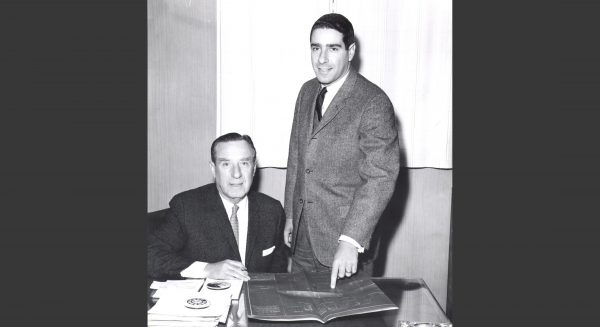
Chuck Rivkin jointed Central full time in 1960
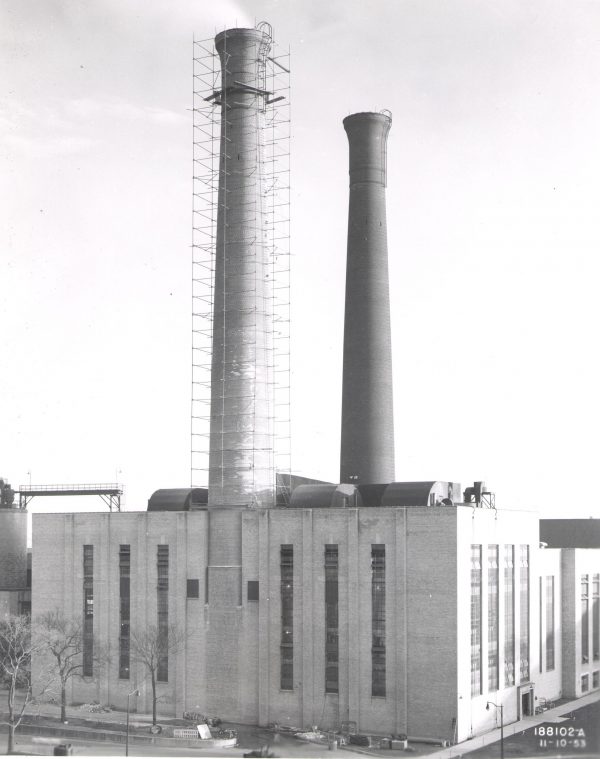
Contemporary design, construction methods, and materials, however, left buildings vulnerable to water and air leaks, creating expanded business for Central and a growing customer base.
Charles Rivkin, Maury’s son, whose background was in business and law, joined Central in 1960. He soon became its president and continued to lead the company for more than forty years. The decade of the 1960’s was one of great technological change in construction and repair, and Central, again broadened the scope of its services.
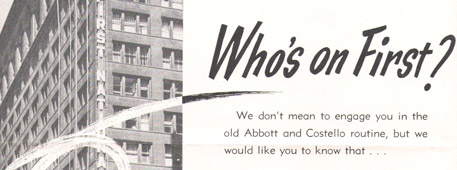
Age and years of penetrating weather were taking an increasing toll on subsurface structural elements of many of the city’s venerable buildings. During the 1970’s and 80’s, the focus of the tuck pointing industry shifted to address the damaging effects of rust weakened supporting steel within the walls. Central added a structural engineer to its staff and created a new division specializing in the expertise of façade forensics and the techniques required to restore and repair the city’s aging structures.
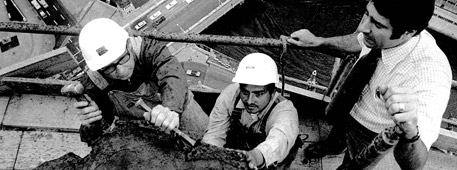
Central’s expansion presaged Chicago’s enactment of its first Façade Repair Ordinance in 1978, the city’s response to a series of wall collapses. Although short-lived, the ordinance, which established responsibility for façade evaluation in structural engineers and architects, fundamentally changed the way in which the tuck pointing industry did business.
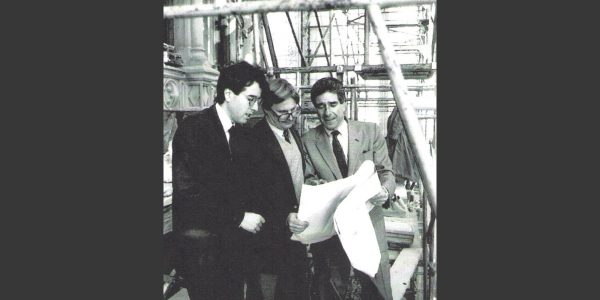
Tom Rivkin joined Tom Powers and Chuck Rivkin at Central in 1989
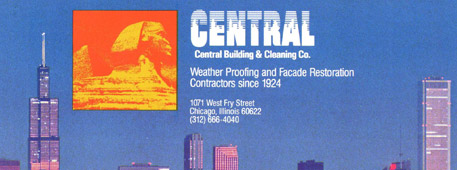
Central Building & Cleaning Co. was renamed Central Building & Preservation in 1992, a year of significant progress for the company. The name change was a reflection of expanded and more technologically oriented services. Combining business and architectural strengths, Tom Rivkin, Chuck’s son and Maury’s grandson, and key employee Tom Powers, became partners, joining Chuck at the executive level.
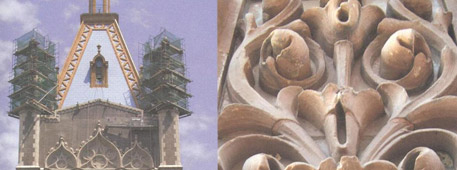
Sixteen years of accelerating wall deterioration accrued before the City again responded to news-making collapses and enacted the 1996 Façade Inspection and Maintenance Ordinance.
Over that span of years, Central’s contracting and professional services continued to grow. Mark Kuberski, a licensed professional engineer, joined Tom Rivkin and Tom Powers as a partner.
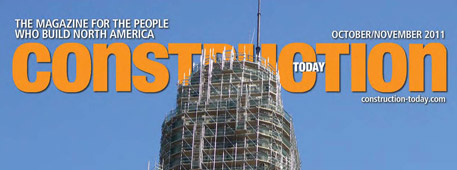
Central broadened it’s expertise and its customer base by taking on complicated restoration jobs in the 2000s. With preservation as its main focus, Central restored the exteriors of several notable historic Chicago buildings, including 188 West Randolph – the largest masonry restoration project undertaken in Chicago.
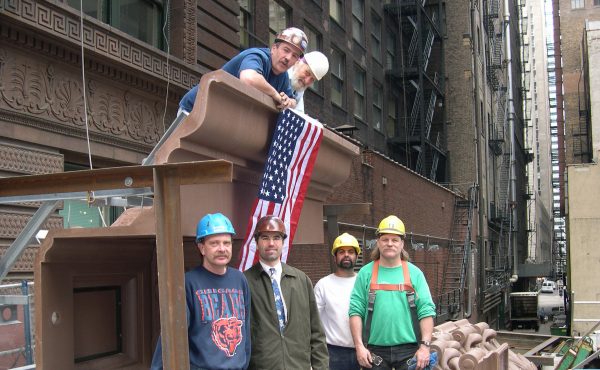
Mark Kuberski joined Central in 2000 and became a Principal in 2005
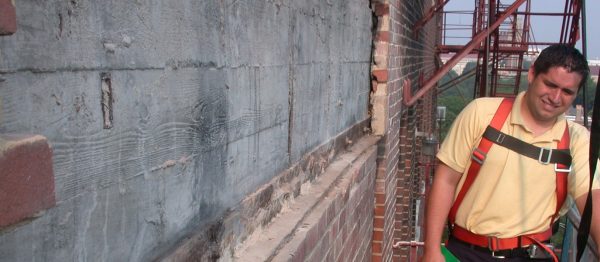
Dan Schuman joined Central in 2005 and became a Principal in 2015
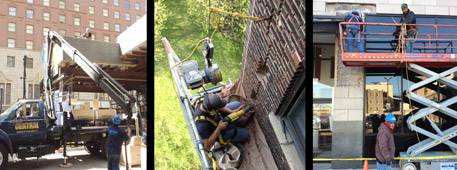
As Chicago and its buildings have changed, so Central Building has evolved, growing in experience, knowledge of preservation techniques and capabilities. But the craftsmanship, dedication to quality work, and the commitment to meeting the needs of building owners and managers that were fundamental to founder Maurice Rivkin in 1924 are still rock solid after three generations.
